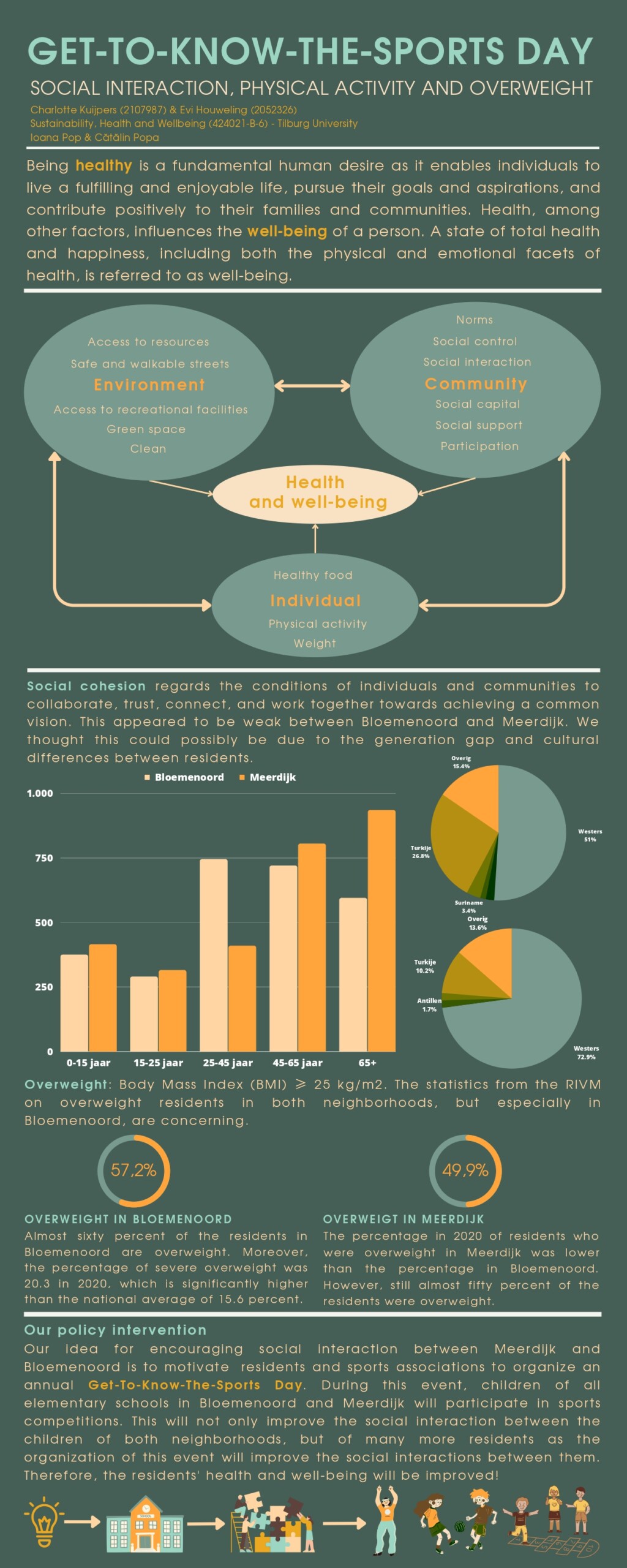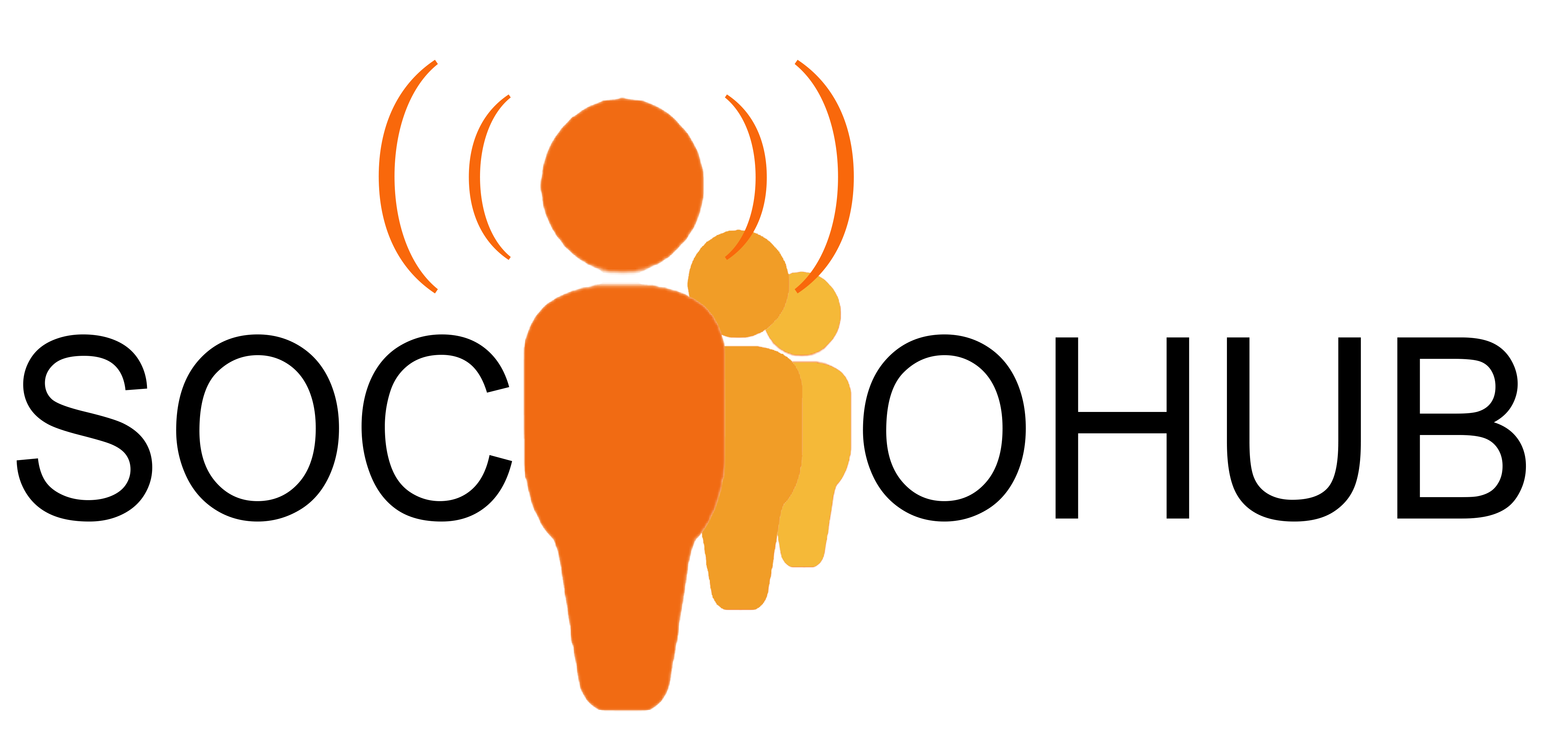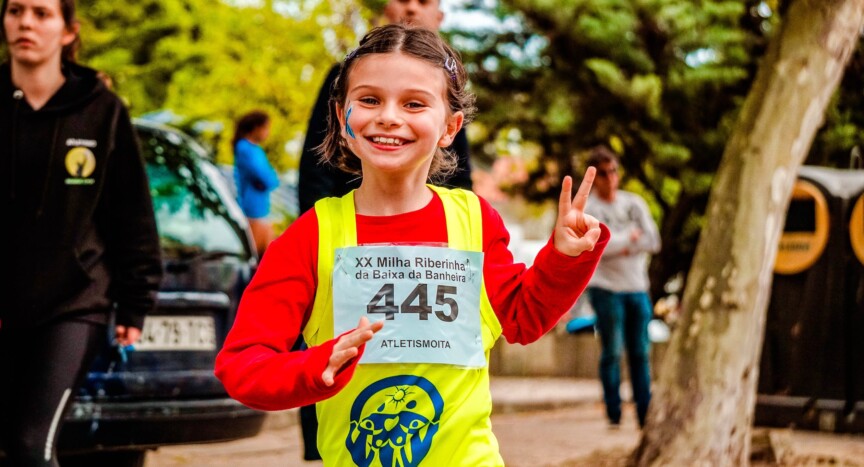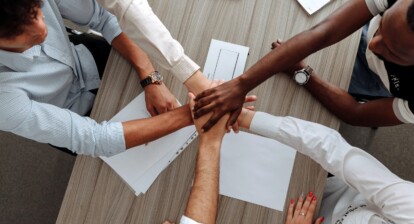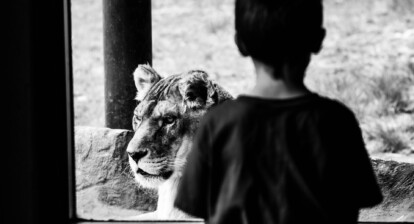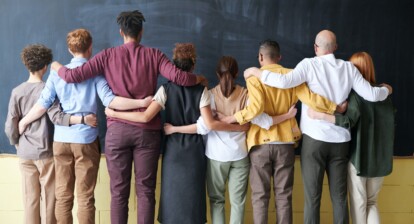A blogpost written by Evi Houweling and Charlotte Kuijpers.
Being healthy is a fundamental human desire as it enables individuals to live a fulfilling and enjoyable life, pursue their goals and aspirations, and contribute positively to their families and communities. The World Health Organization (WHO) defines health as a state of complete physical, mental, and social well-being as opposed to simply the absence of disease or disability. One aspect that affects the health of a person is their well-being. Well-being is a state of complete health and joy that encompasses both the physical and emotional components of health.
The health and well-being of a person can be influenced by the community they live in, depending on various factors. One of these aspects is the level of social support within a community. More social connections, and thus social interactions, can lead to better health outcomes and brings residents together which enlarges the social capital of the residents. Social capital is the whole set of resources that individuals and communities can draw upon from their social networks, such as social support, informal social control, social leverage, and community organization participation. The bigger the social capital of the residents, the higher the degree of connectedness and trust within this community. This sense of inclusion can be referred to as social cohesion. Communities can help people to achieve their best possible physical and mental health as well as overall well-being through fostering social cohesion by promoting social interaction.
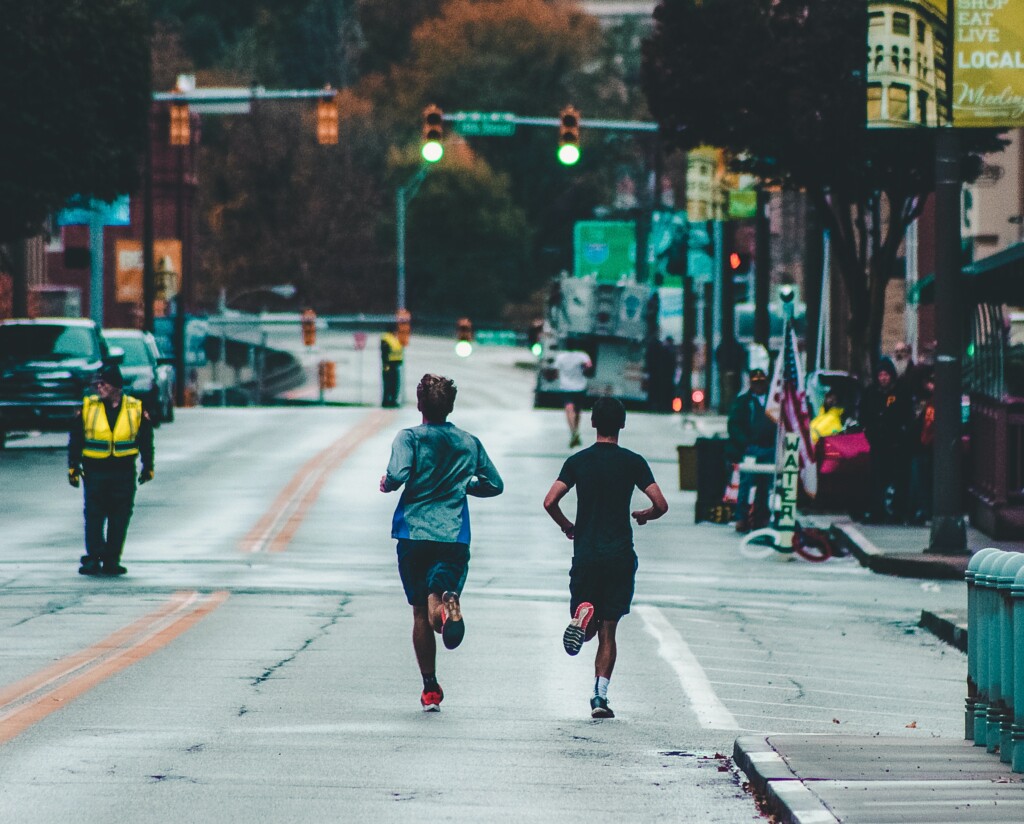
Especially for children, whose health and well-being are of growing concern due to increasing rates of overweight and sedentary lifestyles among youth, living in a community with a high level of social interaction is important. Overweight and inactivity can result in a number of health difficulties, including diabetes, cardiovascular disease, and mental health problems. In order to improve the general health and well-being of children in their future lives, it is necessary to promote physical exercise and healthy habits.
Bloemenoord and Meerdijk
For this policy intervention, we conducted a field trip to two distinct neighborhoods situated in the city of Waalwijk, called Bloemenoord and Meerdijk. In order to further our awareness of the differences between the two neighborhoods, we additionally reviewed information and statistics from websites. Our aim was to observe and identify the differences between Bloemenoord and Meerdijk.
Upon this exploration, we noticed that social cohesion between the two neighborhoods appeared to be weak. This could possibly be caused by the generation gap and cultural differences between residents. In Meerdijk, the percentage of elderly residents, aged 65 or older, is the highest with 32.5 percent. In Bloemenoord, the percentage of residents aged between 25 to 45 years old is the highest with 27.3 percent. The cultural backgrounds of people of Meerdijk and Bloemenoord also differ noticeably, with a bigger proportion of non-Western cultures in Bloemenoord than in Meerdijk. This weak level of social cohesion between both neighborhoods is critical as social cohesion is vital for community well-being.
The RIVM’s statistics on overweight residents in both neighborhoods, particularly for Bloemenoord, are alarming in terms of their impact on health. In 2020, almost sixty percent of the residents in Bloemenoord are overweight, compared to a lower but still significant almost fifty percent in Meerdijk. Additionally, Bloemenoord had a severe rate of overweight people, which was more than twenty percent in 2020 – much higher than the average of fifteen percent in the Netherlands. These indications suggest that there is a problem with overweight in these neighborhoods that needs to be addressed.
By fostering social interactions, we want to address the problem of childhood overweight and obese lifestyles in Meerdijk and Bloemenoord, as it improves social cohesion. Social cohesion can be a major element in addressing health and well-being outcomes within communities. To establish a welcoming social environment that promotes physical activity and healthy lifestyles, we created the Get-To-Know-The-Sports Day, which encourages social interactions and joint activities between these two neighborhoods.
Get-To-Know-The-Sports Day
To promote social interaction between Meerdijk and Bloemenoord, we propose holding an annual Get-To-Know-The-Sports Day. Children from all the elementary schools in Bloemenoord and Meerdijk will compete in a variety of sports events during this day. Teams made up of kids from both areas will participate in these contests. The kids will work together towards the common goal of winning the competition. During this teamwork, the children will have to interact with one another in a fun and approachable way. This will thus increase their social interactions and improve their social skills, which contributes to a higher level of health and well-being.
As the events are designed to introduce the kids to other sports and sports organizations, it might also be a way to increase the levels of physical activity of the children. The sports grounds in the northern section of Bloemenoord make it the perfect venue for our day-long introduction to sports.
Getting familiar with these sports and enjoying them, might encourage the children to join the sports associations.
We want to allow a group, made up of members and coaches from these many sports organizations, to manage this event. The people within this organizational group will have to work together towards a common goal, just like the children during the competitions. This can result in a feeling of group identification, which might improve their sense of belonging, connectedness and inclusion, which will lead to higher levels of social interaction.
The sports that will be played by the children during the Get-To-Know-The-Sports Day are football, tennis, and hockey. However, a few of the kids are too young to compete in the team events. For these kids, there will be a bouncy castle available to use. Additionally, they can take part in energetic activities, such as playing tag. In this way, all the children of Bloemenoord and Meerdijk will engage in social interaction and physical activity.
Neighborhood sports coaches
Getting people motivated to organize this event could be a challenge. Sports coaches who are available in the Waalwijk areas can be quite helpful in inspiring the sport associations and can bring a variety of target groups closer to an active and healthy lifestyle. Neighborhood sports coaches plan sporting events and lessons for elementary schools while also organizing sports and games in the neighborhoods. They can be given the task of speaking with the sport organizations and persuading them to support this strategy by demonstrating the value of physical activity for the health and well-being of the children living in Bloemenoord and Meerdijk.
The idea of a Get-To-Know-The-Sports Day has the potential to improve the quality of life for people in Bloemenoord and Meerdijk by encouraging youngsters to engage in social contact, physical activity, and healthy lifestyles. The potential advantages outweigh the risks, despite potential implementation difficulties such as inspiring sports associations and involving parents, teachers, and the schools. If effective, this method could benefit other communities and residents, fostering social connection, physical activity, and general wellbeing. To ensure the intervention’s success and pinpoint areas for development, it is crucial to assess its effectiveness. In general, encouraging social interaction and physical activity through neighborhood gatherings like the Get-To-Know-The-Sports Day is a crucial step towards creating vibrant, healthy communities.
